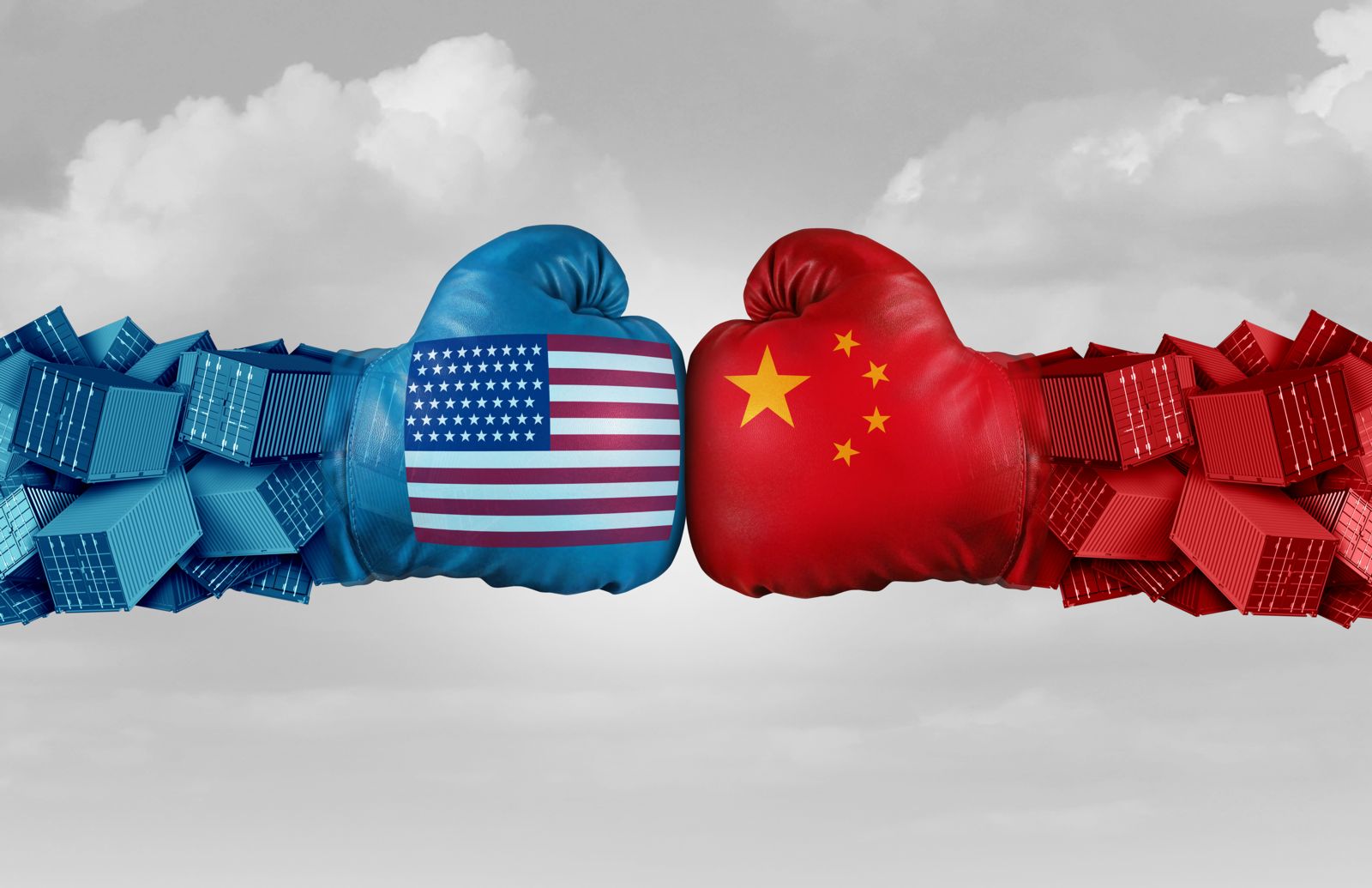A Brief Overview: The Tariffs Between The United States and China
Aug 05 2019 |
A Brief Overview: The Tariffs Between The United States and ChinaBy: Tornik, LLC Posted in: General
Trump embraced tariffs as a punitive tool, most recently against China, the second largest economy after the United States. In recent weeks, United States businesses have implored President Donald Trump not to expand his tariffs to $300 billion in goods from China. On many occasions, the President has stated that the U.S. is collecting billions of dollars in tariffs from China. Despite this, Trump’s claim has been disputed by many American businesses that import Chinese goods— they argue that they’re the ones bearing the majority of the burden from the tariffs. Companies across the nation are signaling that the additional tariffs would drive up prices for consumers, squeeze profits and leave U.S. companies at a competitive disadvantage to foreign rivals that aren't subject to higher taxes on the components they buy from China. How Do Tariffs Work?In the United States, tariffs — sometimes also called duties or levies — are collected by Customs and Border Protection agents at 328 ports of entry across the country. Proceeds go to the Treasury. The tariff rates are published by the U.S. International Trade Commission in the Harmonized Tariff Schedule, which lists U.S. tariffs on everything from dried plantains (1.4 percent) to parachutes (3 percent). What are the Goals of Tariffs?Tariffs are meant to raise the price of imports or punish foreign countries for unfair trade practices, like subsidizing their exporters and dumping their goods at unfairly low prices. Tariffs help to discourage imports by making them costlier, while reducing pressure from foreign competition and making it easier for home-grown companies to raise prices. Beyond that, tariffs raise the cost of imports for people and companies that need to buy them. And by reducing competitive pressure, they give U.S. producers leeway to raise prices, too. That’s good for those producers but bad for almost everyone else. Rising costs especially hurt consumers and companies that rely on imported parts. Some U.S. companies that buy steel, for example, complain that Trump’s tariffs on imported steel leave them at a competitive disadvantage. Their foreign rivals can buy steel more cheaply and offer lower-priced goods. How Do The Tariffs Apply to China Specifically?When Chinese goods arrive in America, importers — which are generally American but can also be U.S.-registered entities of foreign firms — pay tariffs to customs in order to receive their products. In that sense, American businesses are right that they’re the ones footing the bill. More often than not, the “real pain” of tariffs is split between the country that impose those levies and the nation targeted. That means that everyone along the supply chain of a product targeted by Trump’s tariffs — from the manufacturer and exporter in China, to importer and consumer in the U.S. — will bear some burden |
 Even a year after U.S. President Donald Trump issued the first tariffs that eventually led to a trade war with China, the debate about which country actually bears the largest burden of the tariffs has still not found a definite conclusion.
Even a year after U.S. President Donald Trump issued the first tariffs that eventually led to a trade war with China, the debate about which country actually bears the largest burden of the tariffs has still not found a definite conclusion.